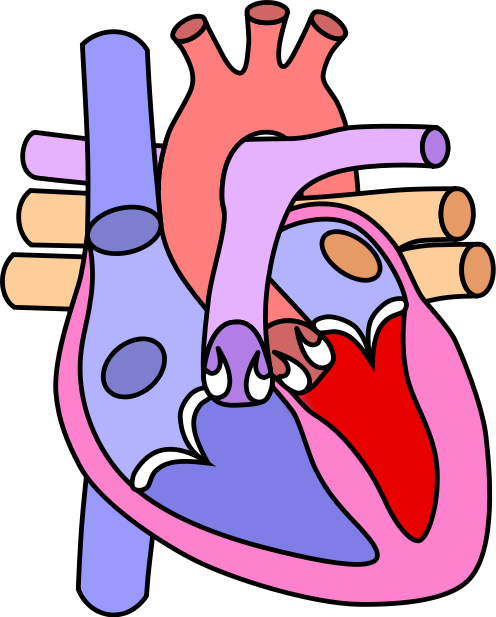This week in projects students will be working with Chemistry, focusing on chemical and physical properties of matter all around us. Students have already completed two experiments, the effect of water density on floating and sinking objects, and the chemical reaction between vinegar and sodium bicarbonate. Students will learn how to measure mass, volume and density of various forms of matter.
Students are also starting a project centered around their family heritage. Some of the work will be completed during project time, while other components will need some family support at home. Look for two items coming home this week, an Ancestor Chart for students to complete going back three generations into their family tree, and a request for a family recipe to develop into a class heritage cookbook.
Ancestor Chart and Recipe due Monday, April 28th.
CA Science standards addressed:
5.1 Elements and their combinations account for all the varied types of matter in the world. As a basis for understanding this concept:
- Students know that during chemical reactions the atoms in the reactants rearrange to form products with different properties.
- Students know all matter is made of atoms, which may combine to form molecules.
- Students know metals have properties in common, such as high electrical and thermal conductivity. Some metals, such as aluminum (Al), iron (Fe), nickel (Ni), copper (Cu), silver (Ag), and gold (Au), are pure elements; others, such as steel and brass, are composed of a combination of elemental metals.
- Students know that each element is made of one kind of atom and that the elements are organized in the periodic table by their chemical properties.
- Students know scientists have developed instruments that can create discrete images of atoms and molecules that show that the atoms and molecules often occur in well-ordered arrays.
- Students know differences in chemical and physical properties of substances are used to separate mixtures and identify compounds.
- Students know properties of solid, liquid, and gaseous substances, such as sugar (C6H12O6), water (H2O), helium (He), oxygen (O2), nitrogen (N2), and carbon dioxide (CO2).
- Students know living organisms and most materials are composed of just a few elements.
- Students know the common properties of salts, such as sodium chloride (NaCl).













